Explore by Age
Latest Articles
-
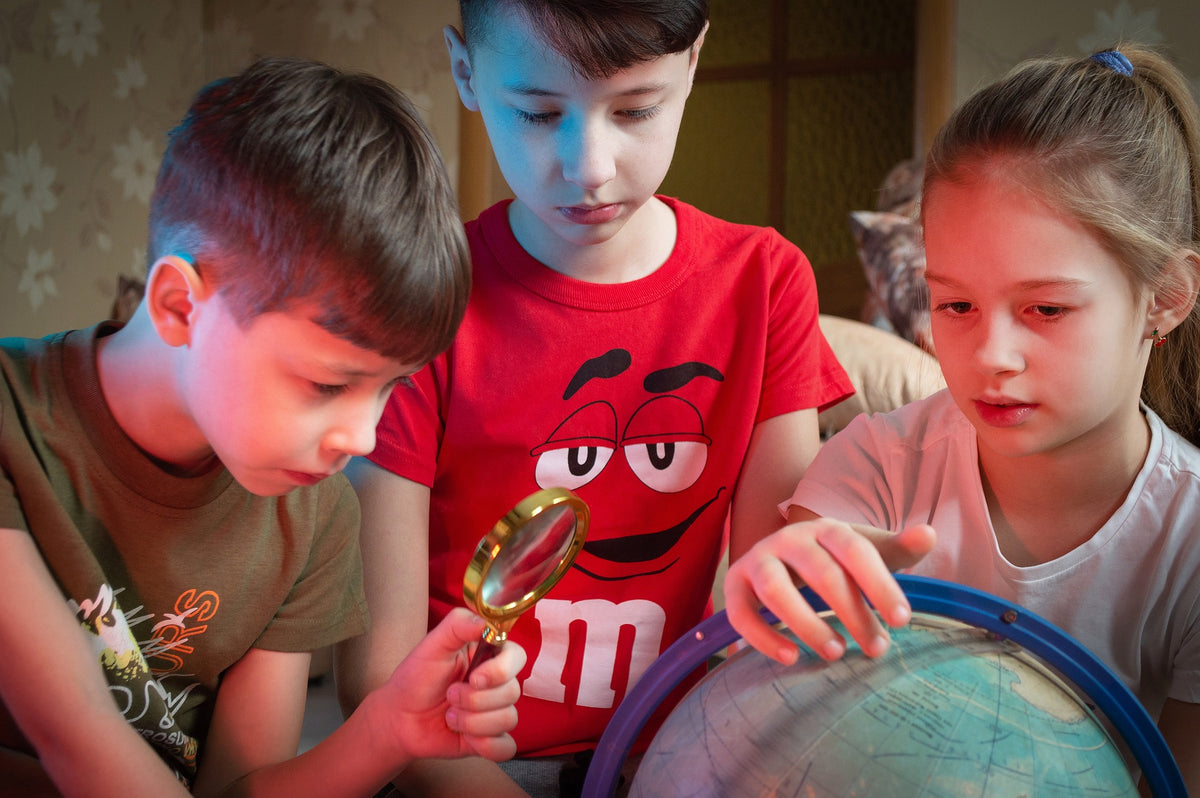
Raising Your Little One with a Growth Mindset
Every parent wants their little ones to grow up to be confident, resilient, and capable of overcoming any obstacles that come their way. One powerful way to help them develop these skills is by fostering a growth mindset from an early age. A growth mindset is the belief that abilities and intelligence can be developed through dedication, effort, and learning. By instilling this mindset in our 5-year-olds, we can empower them to embrace challenges, persist in the face of setbacks, and love the process of learning.
read more -
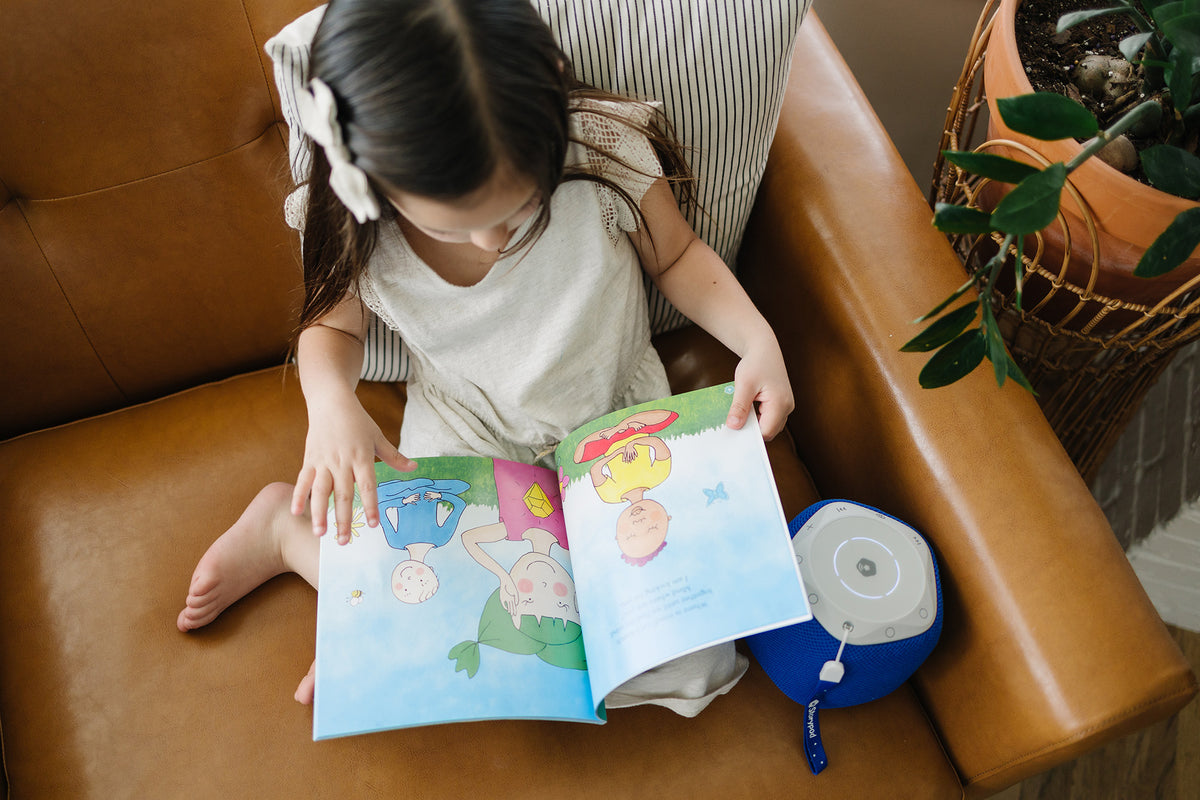
Creating a Positive Learning Environment at Home
Your home is your child’s first classroom and you are their first teacher. The environment that you provide will determine how ready they will be to receive learning and expectations once they start school. It will also provide the foundation to how they approach life. Will they be organized? Will they be problem solvers? Will they be curious and well rounded? Studies show that these traits are heavily influenced by a child’s environment. Fortunately, creating a positive learning environment in which your child will thrive is simple with a few intentional practices at home.
read more -
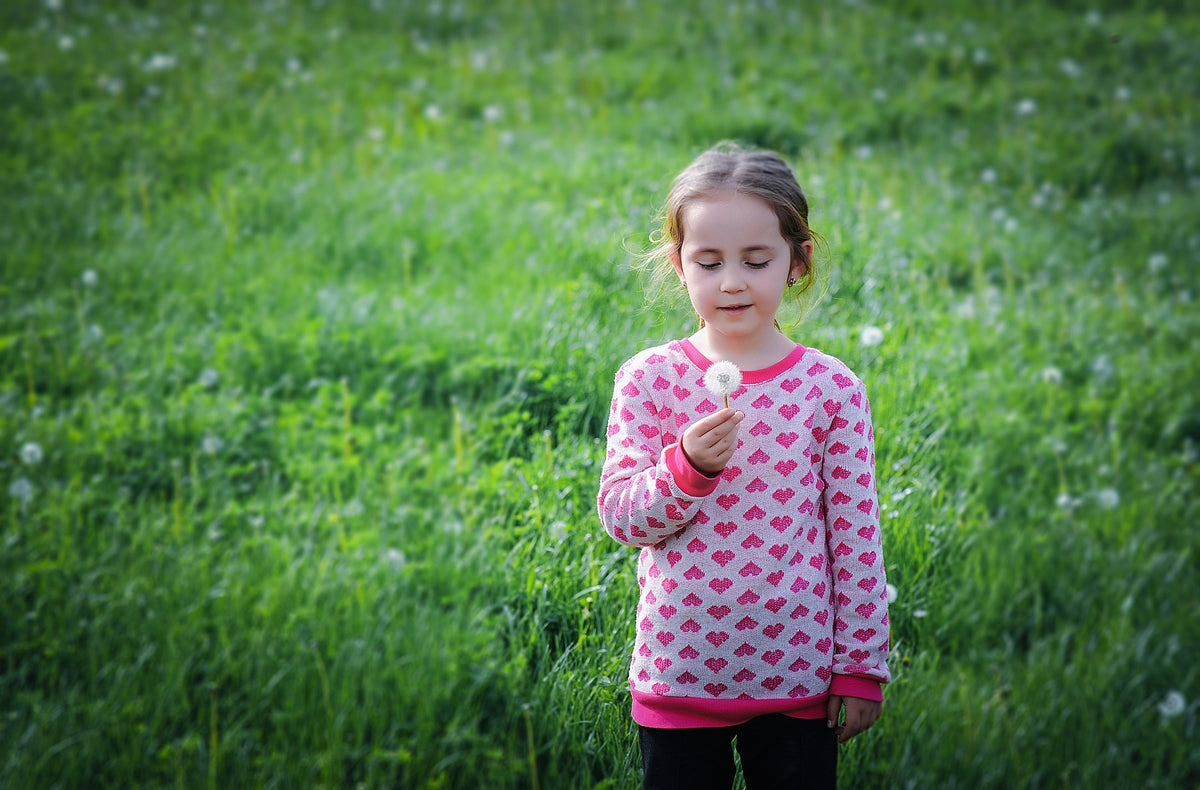
How to Support Your 6-Year-Old's Mental Health: Nurturing Social Emotional Development
It's no secret that it is crucial to prioritize your child's mental health and social-emotional development. The early years are a critical period for building a solid foundation for your little one's overall well-being. By actively supporting your 6-year-old's mental health and fostering their social-emotional development, you can help them thrive and navigate life's challenges with resilience.
read more -
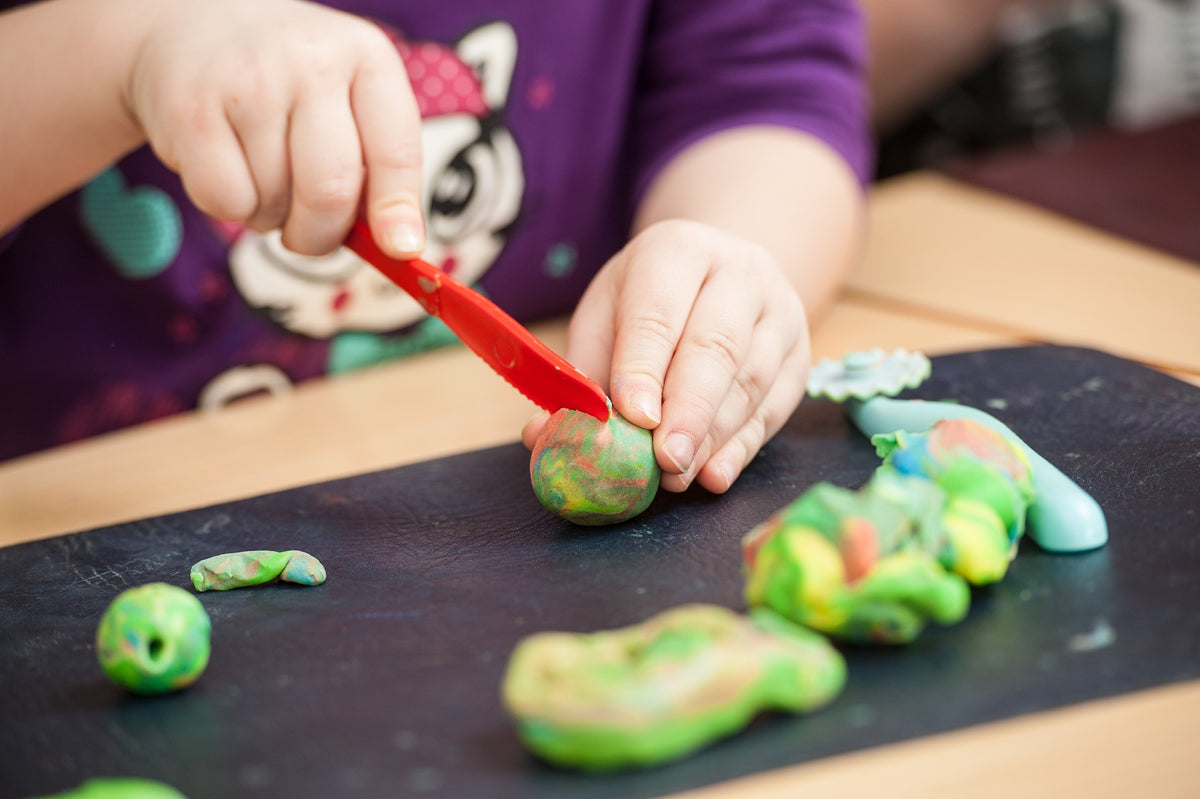
10 Fun Ways to Practice Sight Words
Sight words play a crucial role in early literacy and reading development. These are commonly used words that children need to recognize and read by sight, rather than sounding them out phonetically. By incorporating engaging and interactive activities into sight word practice, children can enhance their reading skills while having fun.
read more -

Using the "Roll & Retell" Method for Reading Comprehension
Your 6-year-old is learning a lot about reading comprehension in school this year! After each story, their teacher is likely teaching them to describe the setting, identify the problem and solution, and make connections with their own lives. You can help your child solidify their reading comprehension skills with a simple game that they're sure to love!
read more -
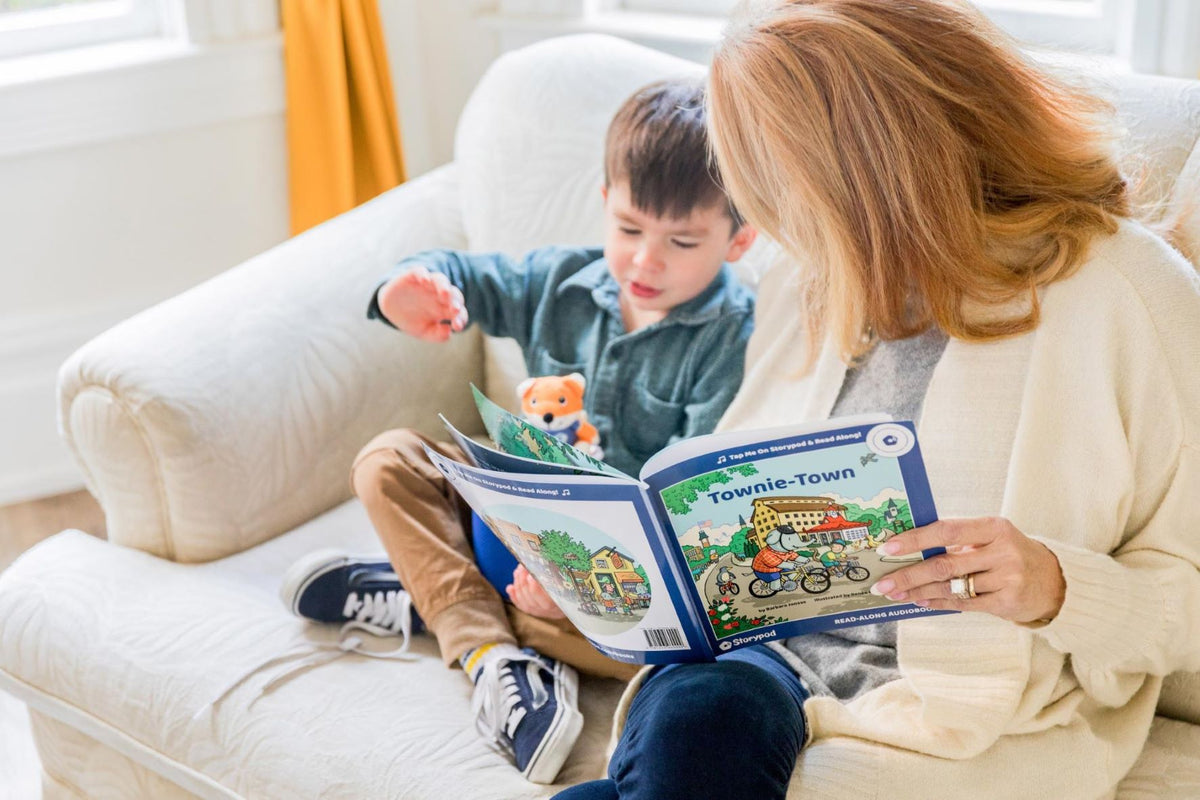
How to Strengthen Your Child’s Literacy Skills Using Their Favorite Books
Does your child ask for more books on a particular subject, in their favorite series, or by their favorite authors? That’s good news for many reasons! It means your child is developing background knowledge about characters, situations, events, and people that they read about.
read more -
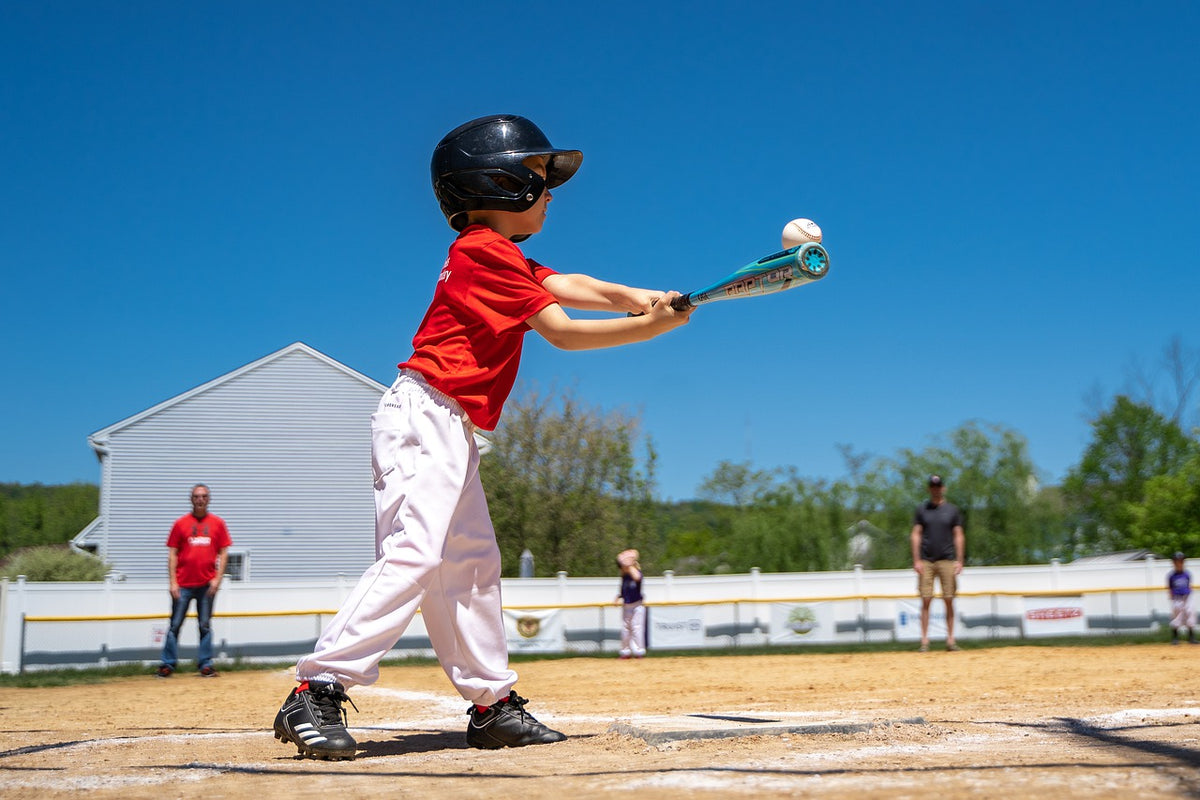
10 Tips for Keeping Your Little One Regularly Active
Encouraging physical activity is crucial for the healthy development of our children's physical, cognitive, and social well-being. But with the modern family's busy schedule and ever-present competition for our children's attention through screens, it's getting harder and harder to keep our little ones active. Fortunately, 6-year-olds are eager to engage in fun activities that get them moving and there are plenty of simple tips and tricks you can use to make time for physical fitness!
read more -
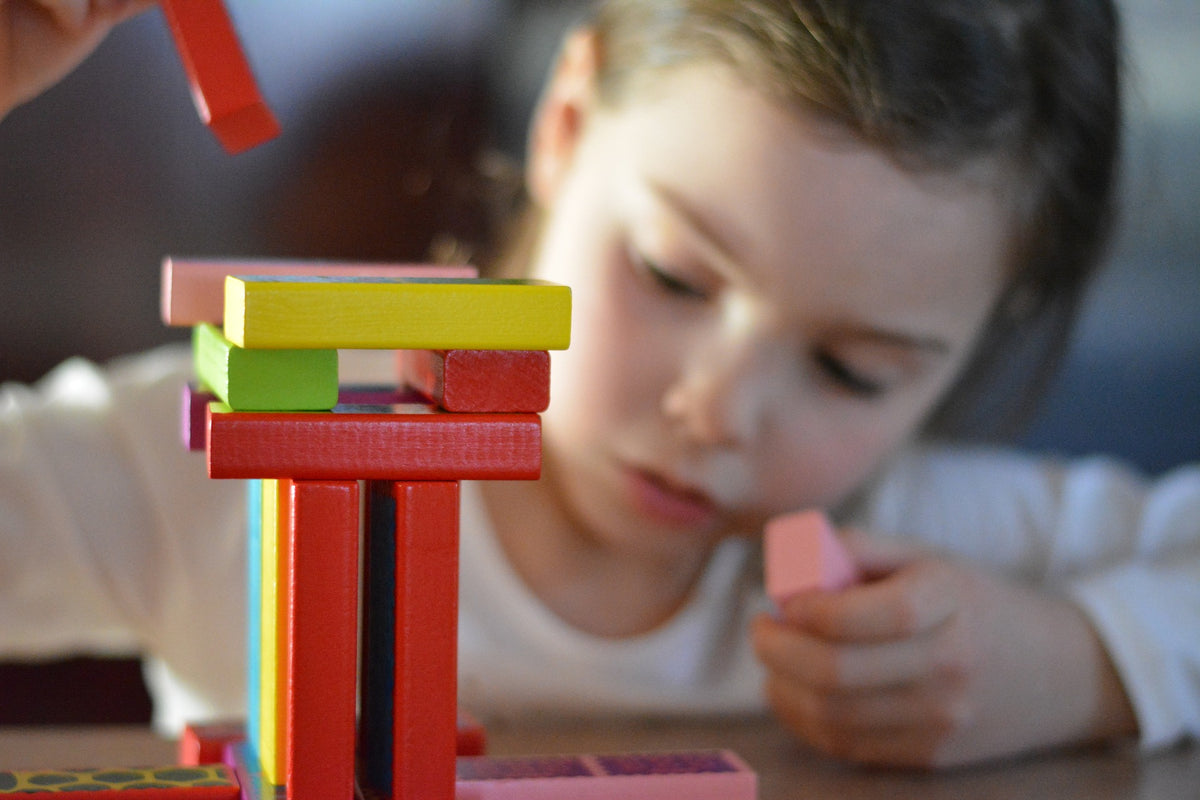
Strengthen Your Child's Pattern Recognition Skills with These Easy Activities
Pattern recognition is an important cognitive skill that helps children to develop their critical thinking, problem-solving, and analytical abilities. It enables them to make sense of the world around them and recognize the underlying structures and relationships between different objects and ideas. Simple activities can be done at home to help strengthen a child's pattern recognition skills.
read more -

How Often Should My 6-Year-Old be Expected to Read?
It's widely known that reading is one of the major predictors of success in children. Not only does it facilitate academic (and later career) achievement, it's also one of those simple pleasures that host a wide range of benefits, such as creativity and relaxation. At the age of 6, most children are just beginning to learn to read, and it is normal for them to progress at different rates. However, parents may wonder how much their child should be reading at this age to ensure that they are on track and developing good reading habits.
read more -
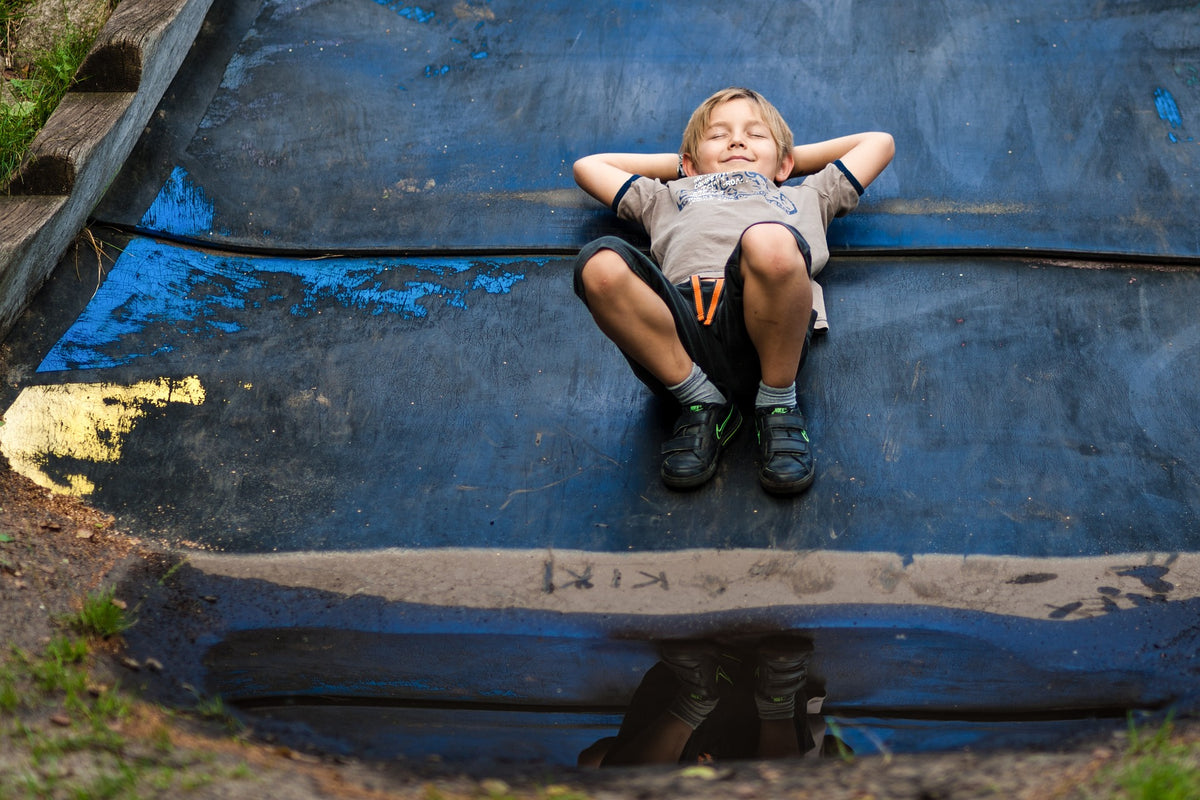
Help Your Child Keep a "Calm Body" with a Few, Simple Strategies
Children often find it challenging to keep their energy levels in check and stay calm. With all the excitement and stimulation around them, it's no wonder they sometimes have trouble settling down.
read more -

6 Life Skills You Should be Teaching Your Child This Year
We want to give our children the best possible start in life and one way to do this is by teaching them important life skills from a young age. At 4-years-old, your little one is making rapid developments in their language, socialization, and cognitive ability. It's the perfect time to start buckling down on life skills that will ensure confidence, independence, and success!
read more -
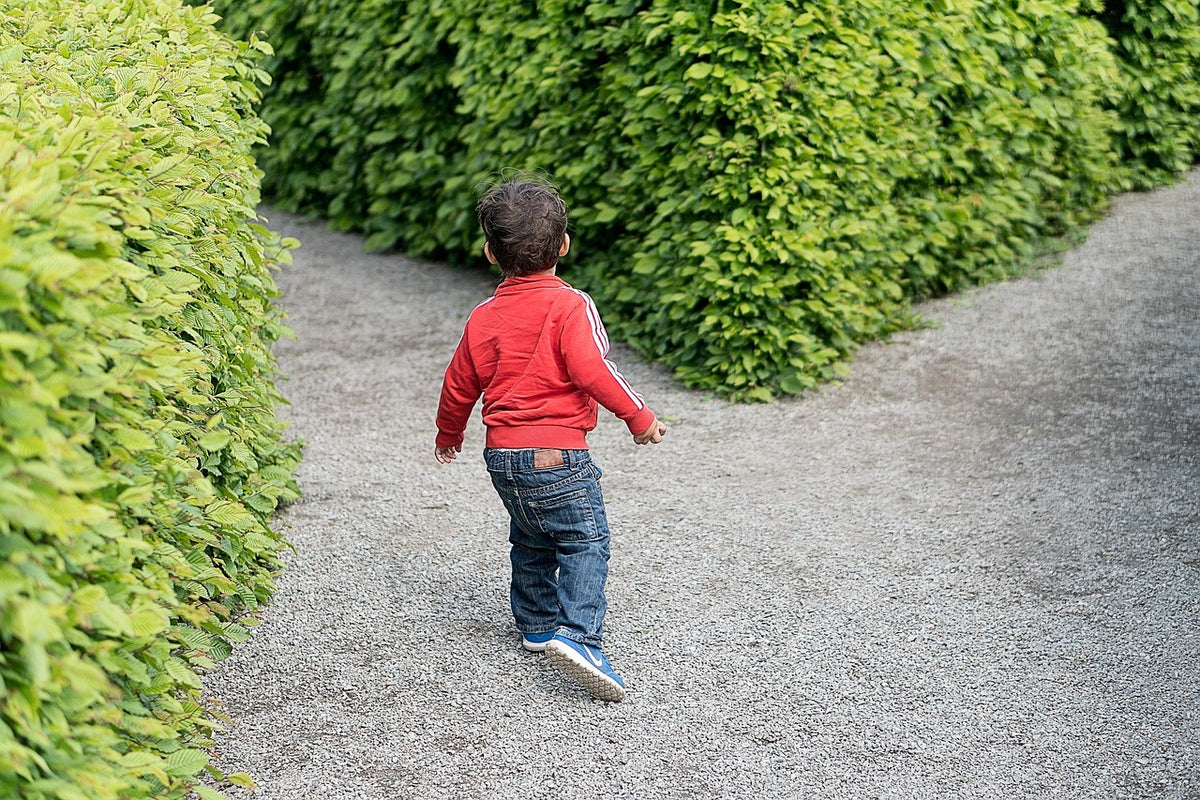
Help Your Child to Distinguish Their Left from Their Right
Teaching young children to distinguish their left from their right can be a challenging task. For most adults, it is something that we take for granted, but for young children, it can be a difficult concept to grasp!
read more













